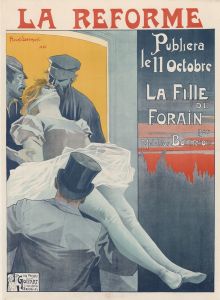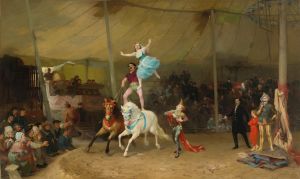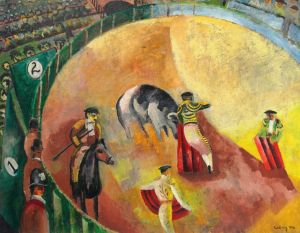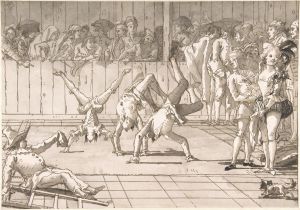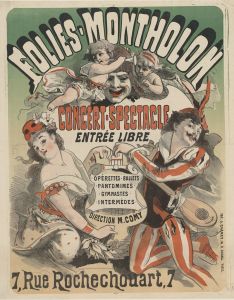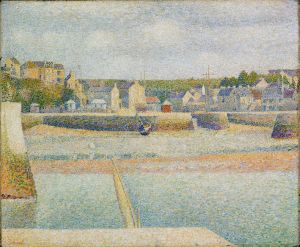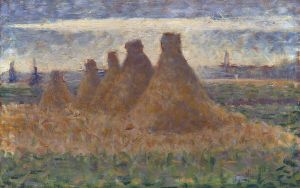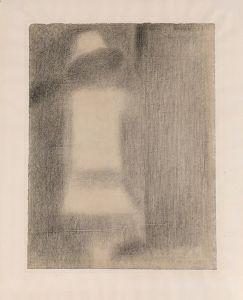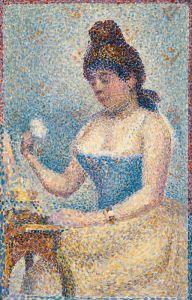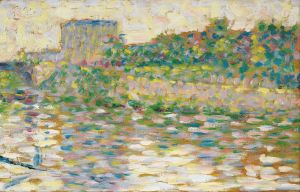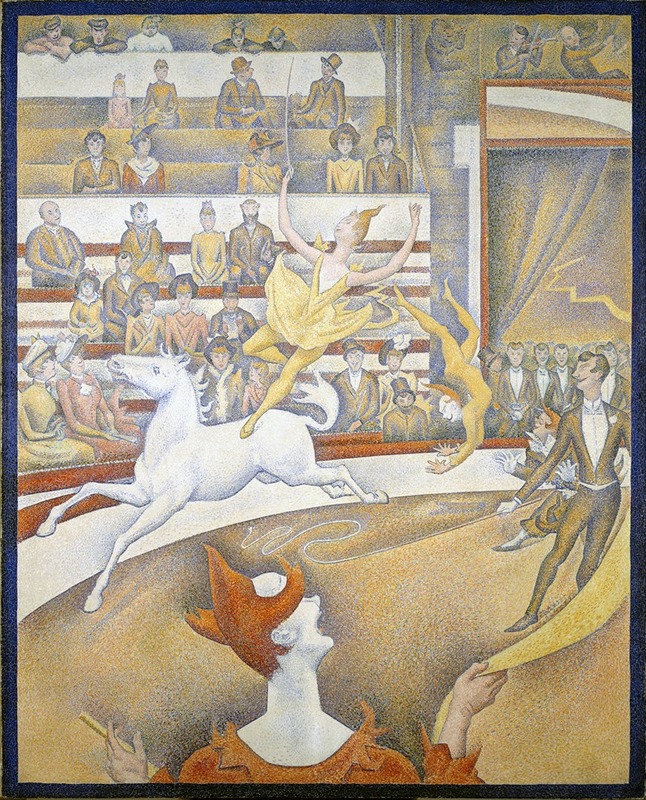
The Circus
A hand-painted replica of Georges Seurat’s masterpiece The Circus, meticulously crafted by professional artists to capture the true essence of the original. Each piece is created with museum-quality canvas and rare mineral pigments, carefully painted by experienced artists with delicate brushstrokes and rich, layered colors to perfectly recreate the texture of the original artwork. Unlike machine-printed reproductions, this hand-painted version brings the painting to life, infused with the artist’s emotions and skill in every stroke. Whether for personal collection or home decoration, it instantly elevates the artistic atmosphere of any space.
"The Circus" is an oil on canvas painting by the French Post-Impressionist artist Georges Seurat. Completed in 1891, it is one of Seurat's most famous works and is considered a prime example of his innovative technique known as Pointillism. This painting is particularly significant as it was Seurat's last major work before his untimely death at the age of 31.
Georges Seurat was a pioneer of the Pointillist technique, which involves applying small, distinct dots of color in patterns to form an image. This method relies on the viewer's eye and mind to blend the color spots into a fuller range of tones. "The Circus" exemplifies this technique, showcasing Seurat's meticulous attention to detail and his interest in the optical effects of color.
The painting depicts a lively circus scene, capturing the vibrant energy and movement of the performance. It features a female acrobat balancing on a horse, a ringmaster, clowns, and a bustling audience. The composition is dynamic, with a strong diagonal line created by the horse and rider, which adds to the sense of motion. The use of bright, vivid colors enhances the festive atmosphere of the circus.
Seurat's interest in the science of color and perception is evident in "The Circus." He was influenced by contemporary theories of color and optics, particularly those of Michel Eugène Chevreul and Ogden Rood. Seurat believed that colors could be mixed optically rather than physically, and he applied this principle in his Pointillist works. In "The Circus," the juxtaposition of complementary colors creates a vibrant, shimmering effect that draws the viewer into the scene.
"The Circus" was first exhibited at the Salon des Indépendants in Paris in 1891, where it received mixed reviews. Some critics praised Seurat's innovative technique and the painting's lively composition, while others were less enthusiastic about the Pointillist style. Despite the mixed reception, "The Circus" has since been recognized as a masterpiece of Post-Impressionism and a testament to Seurat's artistic vision.
Tragically, Seurat died shortly after completing "The Circus," leaving the painting unfinished in some areas. His death marked the loss of a brilliant artist who had significantly influenced the direction of modern art. Today, "The Circus" is housed in the Musée d'Orsay in Paris, where it continues to captivate audiences with its vibrant depiction of a circus performance and its groundbreaking use of color and technique.
In summary, "The Circus" by Georges Seurat is a landmark work in the history of art, showcasing the artist's pioneering Pointillist technique and his fascination with color theory. The painting remains a celebrated example of Seurat's ability to capture the energy and excitement of contemporary life through his innovative approach to painting.





